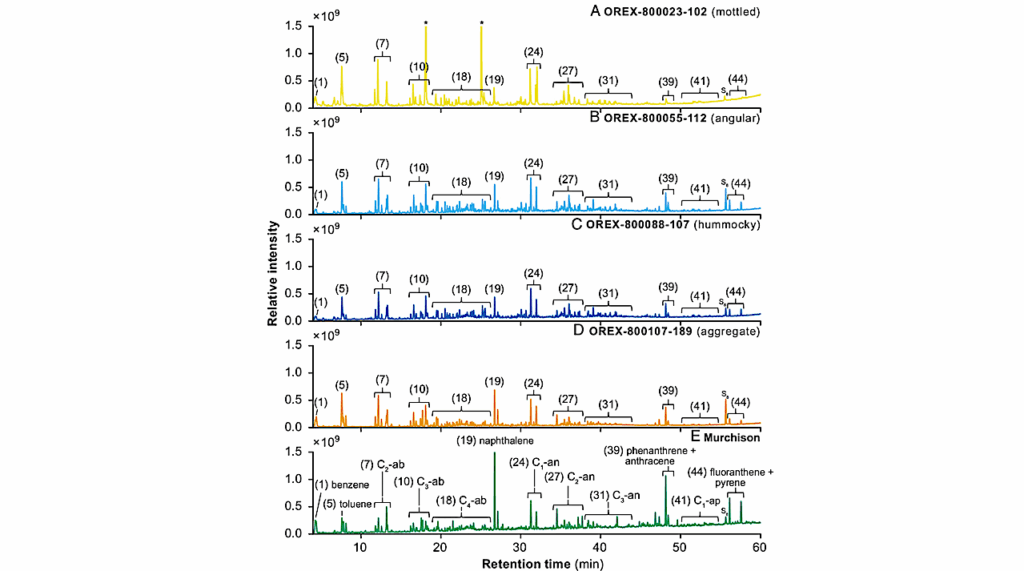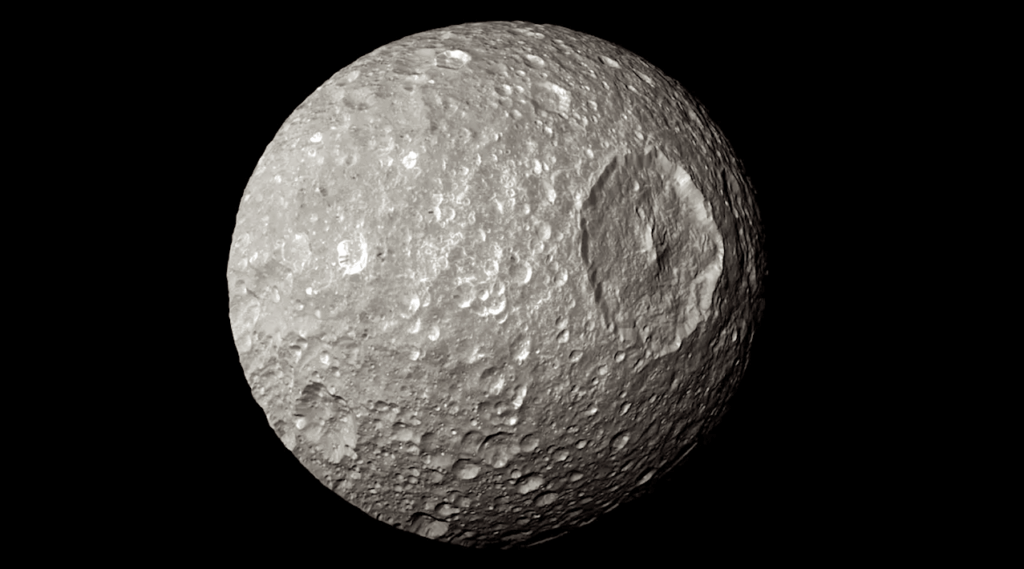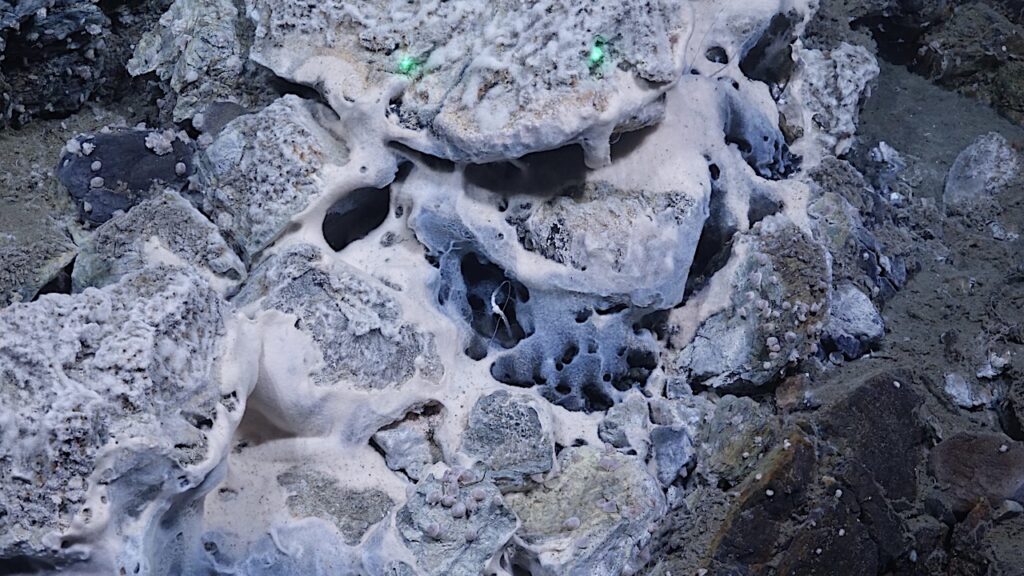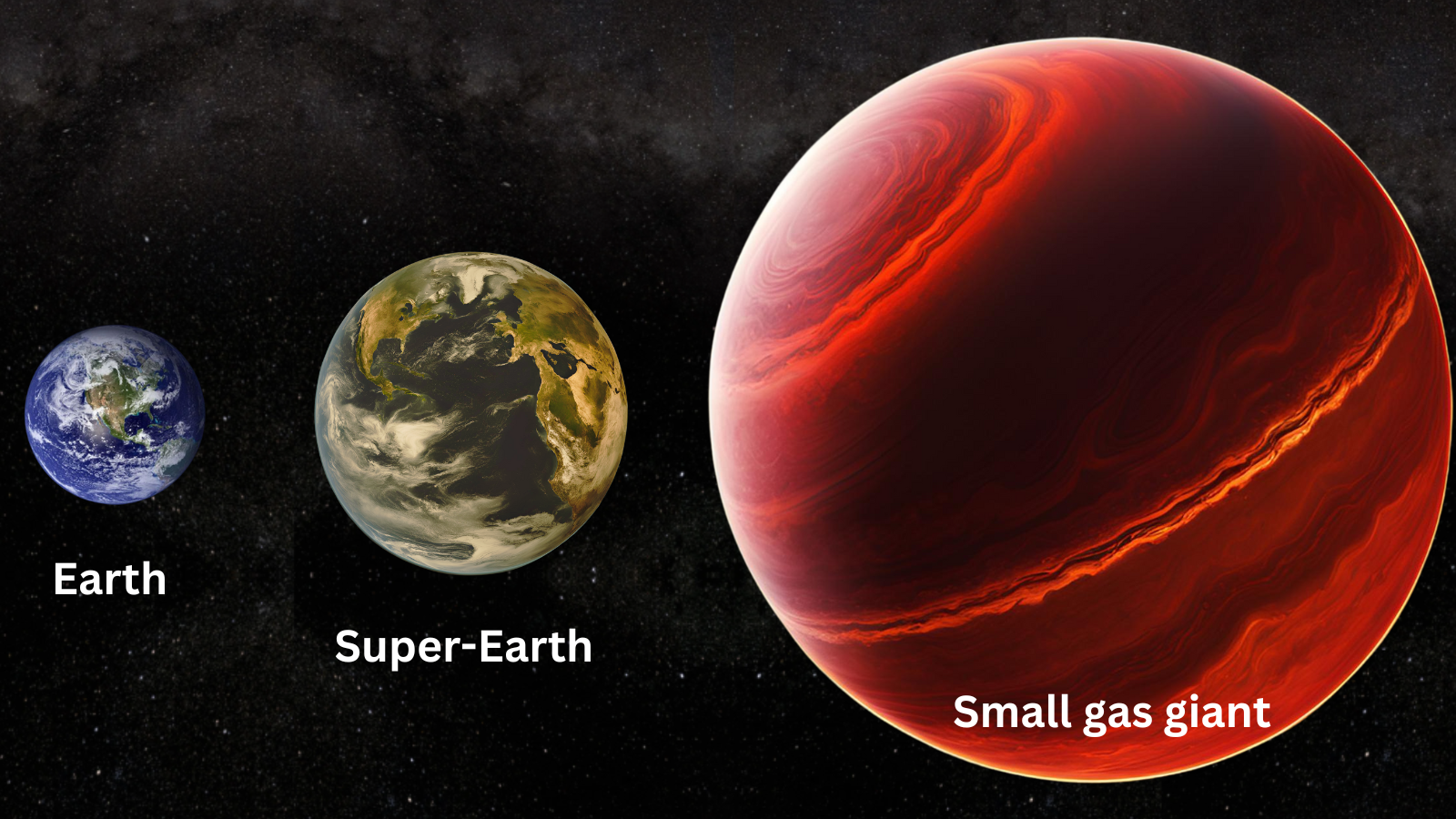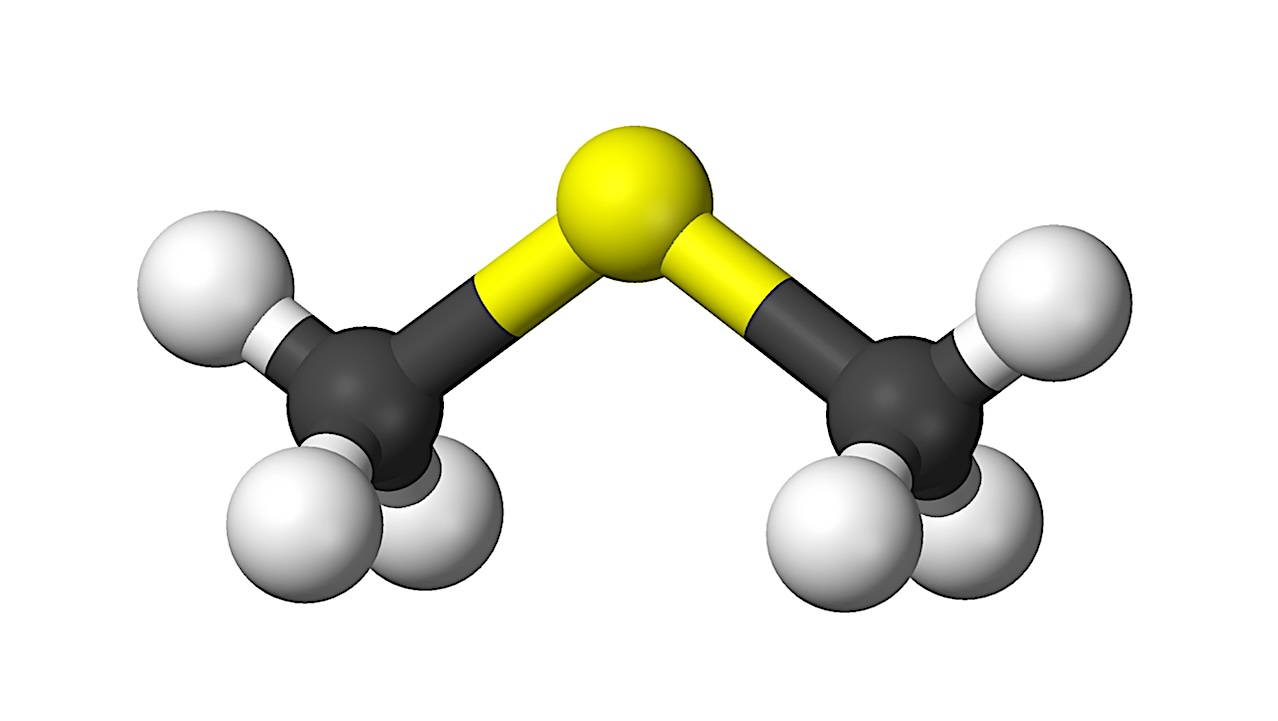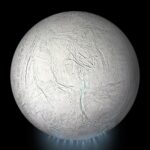Now Reading: Exploring The Neptunian Desert: Insights From A Homogeneous Planetary Sample
-
01
Exploring The Neptunian Desert: Insights From A Homogeneous Planetary Sample
Exploring The Neptunian Desert: Insights From A Homogeneous Planetary Sample
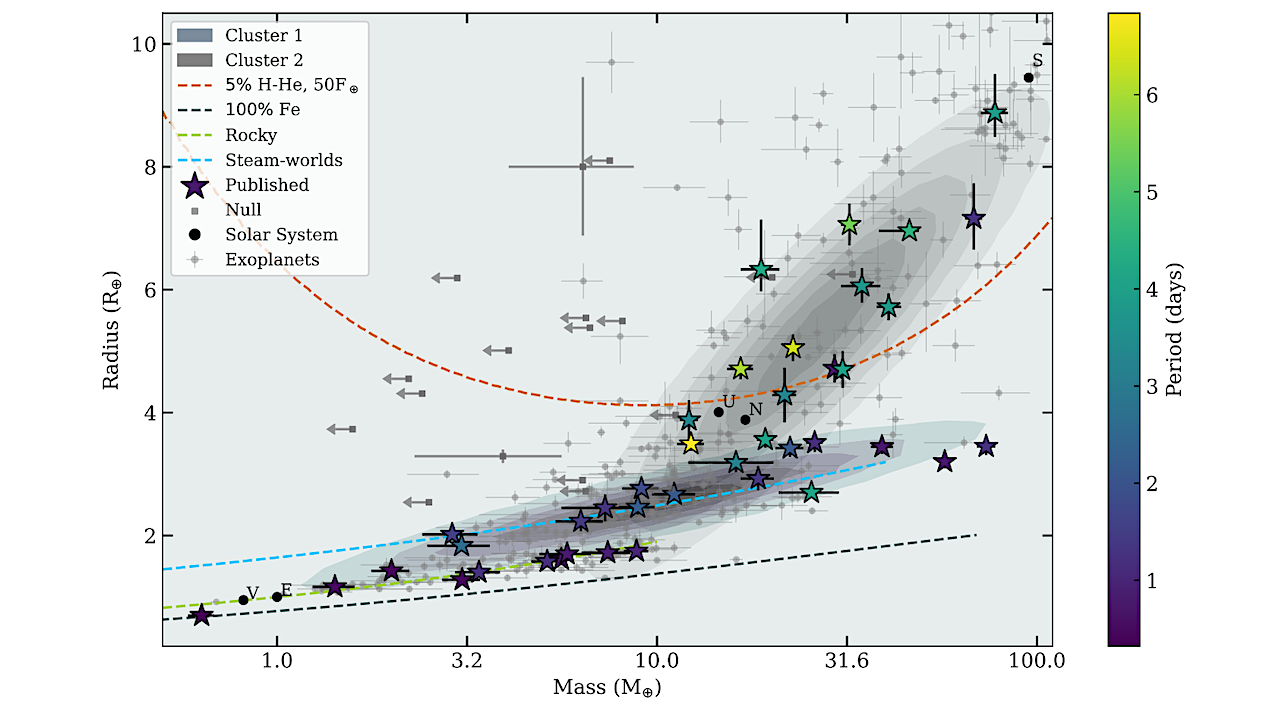

In this paper, we present a homogeneous analysis of close-in Neptune planets. To do this, we compile a sample of TESS-observed planets using a ranking criterion which takes into account the planet’s period, radius, and the visual magnitude of its host star.
We use archival and new HARPS data to ensure every target in this sample has precise radial velocities. This yields a total of 64 targets, 46 of which are confirmed planets and 18 of which show no significant radial velocity signal.
We explore the mass-radius distribution, planetary density, stellar host metallicity, and stellar and planetary companions of our targets. We find 26% of our sample are in multi-planet systems, which are typically seen for planets located near the lower edge of the Neptunian desert.
We define a ‘gold’ subset of our sample consisting of 33 confirmed planets with planetary radii between 2R⊕ and 10R⊕. With these targets, we calculate envelope mass fractions (EMF) using the GAS gianT modeL for Interiors (GASTLI). We find a clear split in EMF between planets with equilibrium temperatures below and above 1300~K, equivalent to an orbital period of ∼3.5~days.
Below this period, EMFs are consistent with zero, while above they typically range from 20% to 40%, scaling linearly with the planetary mass. The orbital period separating these two populations coincides with the transition between the Neptunian desert and the recently identified Neptunian ridge, further suggesting that different formation and/or evolution mechanisms are at play for Neptune planets across different close-in orbital regions.
Lauren Doyle, David J. Armstrong, Lorena Acuña, Ares Osborn, Sérgio A. G. Sousa, Amadeo Castro-González, Vincent Bourrier, Douglas Alves, David Barrado, Susana C. C. Barros, Daniel Bayliss, Kaiming Cui, Olivier Demangeon, Rodrigo F. Díaz, Xavier Dumusque, Fintan Eeles-Nolle, Samuel Gill, Alejandro Hacker, James S. Jenkins, Marcelo Aron Fetzner Keniger, Marina Lafarga, Jorge Lillo-Box, Isobel Lockley, Louise D. Nielsen, Léna Parc, José Rodrigues, Alexandre Santerne, Nuno C. Santos, Peter J. Wheatley
Comments: Accepted and published in MNRAS. 18 pages, 9 figures, 5 tables
Subjects: Earth and Planetary Astrophysics (astro-ph.EP)
Cite as: arXiv:2504.16164 [astro-ph.EP] (or arXiv:2504.16164v1 [astro-ph.EP] for this version)
https://doi.org/10.48550/arXiv.2504.16164
Focus to learn more
Submission history
From: Lauren Doyle Dr
[v1] Tue, 22 Apr 2025 18:00:01 UTC (661 KB)
https://arxiv.org/abs/2504.16164
Astrobiology,
Stay Informed With the Latest & Most Important News
Previous Post
Next Post
-
 012024 in Review: Highlights from NASA in Silicon Valley
012024 in Review: Highlights from NASA in Silicon Valley -
 02Panasonic Leica Summilux DG 15mm f/1.7 ASPH review
02Panasonic Leica Summilux DG 15mm f/1.7 ASPH review -
 03How New NASA, India Earth Satellite NISAR Will See Earth
03How New NASA, India Earth Satellite NISAR Will See Earth -
 04And Thus Begins A New Year For Life On Earth
04And Thus Begins A New Year For Life On Earth -
 05Astronomy Activation Ambassadors: A New Era
05Astronomy Activation Ambassadors: A New Era -
06SpaceX launch surge helps set new global launch record in 2024
-
 07Space Force plans new ‘Futures Command’ amid pressure to speed up modernization
07Space Force plans new ‘Futures Command’ amid pressure to speed up modernization












